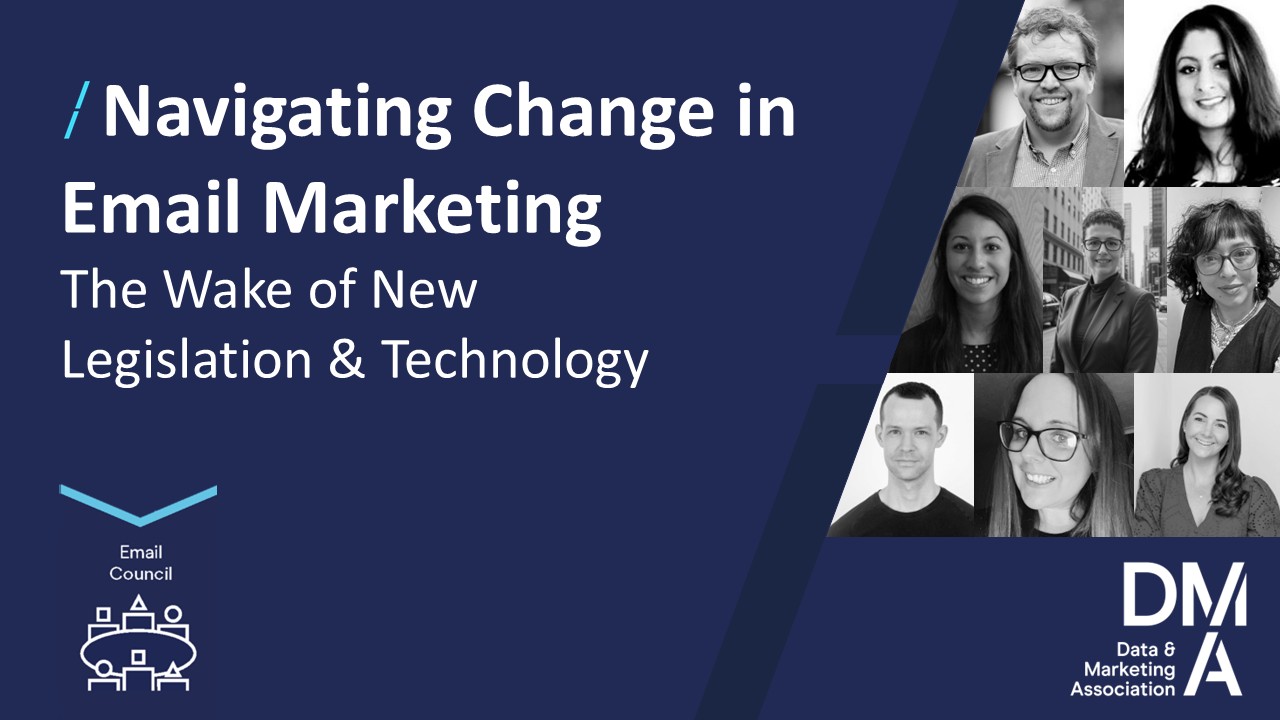Are CMOs truly prepared for data privacy changes?
30 Sep 2022

In a privacy age, it’s never been more important to ensure that customer data is being effectively captured, analysed, and integrated to drive tangible business solutions.
We recently polled 200 CMOs in the US & UK to better understand how organisations are addressing privacy issues. These findings shed light on the current state of the market and reveal the barriers that must be overcome to ensure organisations can thrive in a tightening environment.
It turns out most CMOs are underprepared for upcoming changes in privacy regulations.
When queried about their readiness to tackle changes in privacy regulation, 51% of CMOs said “we haven’t started yet” or “there’s a lot of work to be done” to re-focus efforts on first-party data collection.
By thinking strategically about how upcoming privacy regulation will impact the way organisations source, store, analyse, and use data to inform decision-making, companies can ensure that data continues to drive growth well into the future.
Changes in privacy regulations
Amidst a backdrop of marked change, new privacy rules are making it harder for organisations to collect customer data and make smart, informed marketing decisions based on these insights.
Google’s phase out of third-party cookies, for example, marks a significant change in course for businesses, while Apple’s protection of customer data points presents yet another challenge for marketers.
As privacy rules and regulations become stricter, brands will need to work even harder to address these challenges and stay one step ahead of the competition.
Credera interviewed JLL’s CMO Francesco Frederico on this topic, who responded, “If you look at digital marketing, it’s clear we are moving towards a cookieless future. We are going to have less and less access to third-party data.”
But while the stakes are high, the benefits of collecting, analysing, and leveraging data to inform decision making are equally compelling.
In fact, a recent study found organisations that use data-driven growth engines report above-market growth and earnings increases in the range of 15-25%. As we enter a new privacy era, it’s clear that data will continue to be the key to growth.
An opportunity for proactive planning
The death of third party cookies has massive knock-on implications for the overall MarTech advertising landscape, including a complete disruption in third-party cookie retargeting and mobile data collection. Other areas will see a moderate impact, such as affiliate advertising, social media and paywalled content.
Google recently announced that it has postponed the removal of third party cookies in Chrome through to 2024, which should buy organisations some much needed time to set up the structures and systems necessary to deal with a cookie-less future.
When asked what will hamper CMOs most when seeking to adapt to these changes in privacy regulation, a majority (58%) say they lack a clear understanding of both “the impact on our systems and tools” and “how the changes will impact our business”.
This further demonstrates the need for proactive planning, particularly given that two-thirds of CMOs say their teams “lack the people skills” to adapt to these new privacy regulations or are still relying on manual efforts to “automate data request and response processes”.
How can CMOs move away from a reliance on third-party data?
Rather than waiting for privacy rules and regulations to be formally implemented, organisations should get ahead of the curve by investing the time, energy, and resources required to free themselves of a reliance upon third-party cookies.
Here are some practical strategies to drive data acquisition in a privacy age.
-
Ensure a fair value exchange – When asking for customer data, ensure there is a fair value exchange where benefits are given to the customer and the business. If it's one sided benefit to the business, then it isn’t fair. It’s important to encourage marketing teams to think more creatively when determining what counts as valuable input, as that doesn’t always have to be at least one traditional field populated in a CRM.
-
Build relationships, don’t pry – Do not pry personal data from unwilling users or force users to log into disparate websites. Instead, focus on building a relationship that is symbiotic to both the buyer and the seller. In doing so, remember to reduce friction where possible.
-
Build trust through transparency – Whether an organisation operates in the B2C or B2B space, trust relies on the transparency of what is being collected and for what purpose. Being open and honest isn’t just about compliance; it’s about building trust with an audience.
Find your starting point and take action today
Every business has a unique starting point, but it’s important to consider these strategies within the context of business priority and current maturity.
By investing time, energy and resources into solutions today, organisations can take practical steps to ensure that data acquisition, analysis and activation continue to fuel growth, even in a privacy age.
If you’re interested in finding out more about Credera’s research study, you can download the full ‘Data Privacy – Dilemmas and Remedies’ report here.





Please login to comment.
Comments